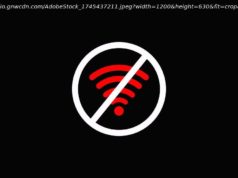You don’t truly understand trust until you’ve lost everything you thought was safely saved
It’s funny how fragile certainty feels once you’ve heard the sound of a dying hard drive. When mine died, it wasn’t even that old — barely two years — and yet it froze for good after just a click. It took everything with it. I did my best to retrieve my important work files and some old photos in original quality (I had their storage-saver copies on Google Photos), but all I got back was gibberish and no usable data.
That was when I realized that storing everything on a single drive is a recipe for disaster and that it isn’t just about storage but about trust. And this is why I won’t trust a single hard drive for all my important data ever again.
Drives vanish
And take all your data with them
It’s either that we expect our portable hard drives to warn us before they die, or we don’t think about the inevitable. Either way, we expose our precious data to the chance of drive failures, which come without knocking on the door. Like in my case, there sure wasn’t any warning, nor did any of the recovery tools work.
On your NAS, though, you can monitor your drive health, unlike external storage. Frequently checking your drive health can save the day if you spot any anomalies or warning signs early on. But without constant monitoring, these drives just vanish into thin air and take all your data with them.
Backups aren’t optional
They’re a lifeline
Earlier, I didn’t see backups as something essential. For me, it was a “pro” feature that I shouldn’t worry about using. But following that incident, all the prevention methods I came across mentioned backups in bold, making me realize their worth. Backups aren’t about hoarding data but are actual protection mechanisms that safeguard parts of my life I can’t recreate.
It should be called memory insurance instead of backups to drive more people to use it; they’re that critical.






